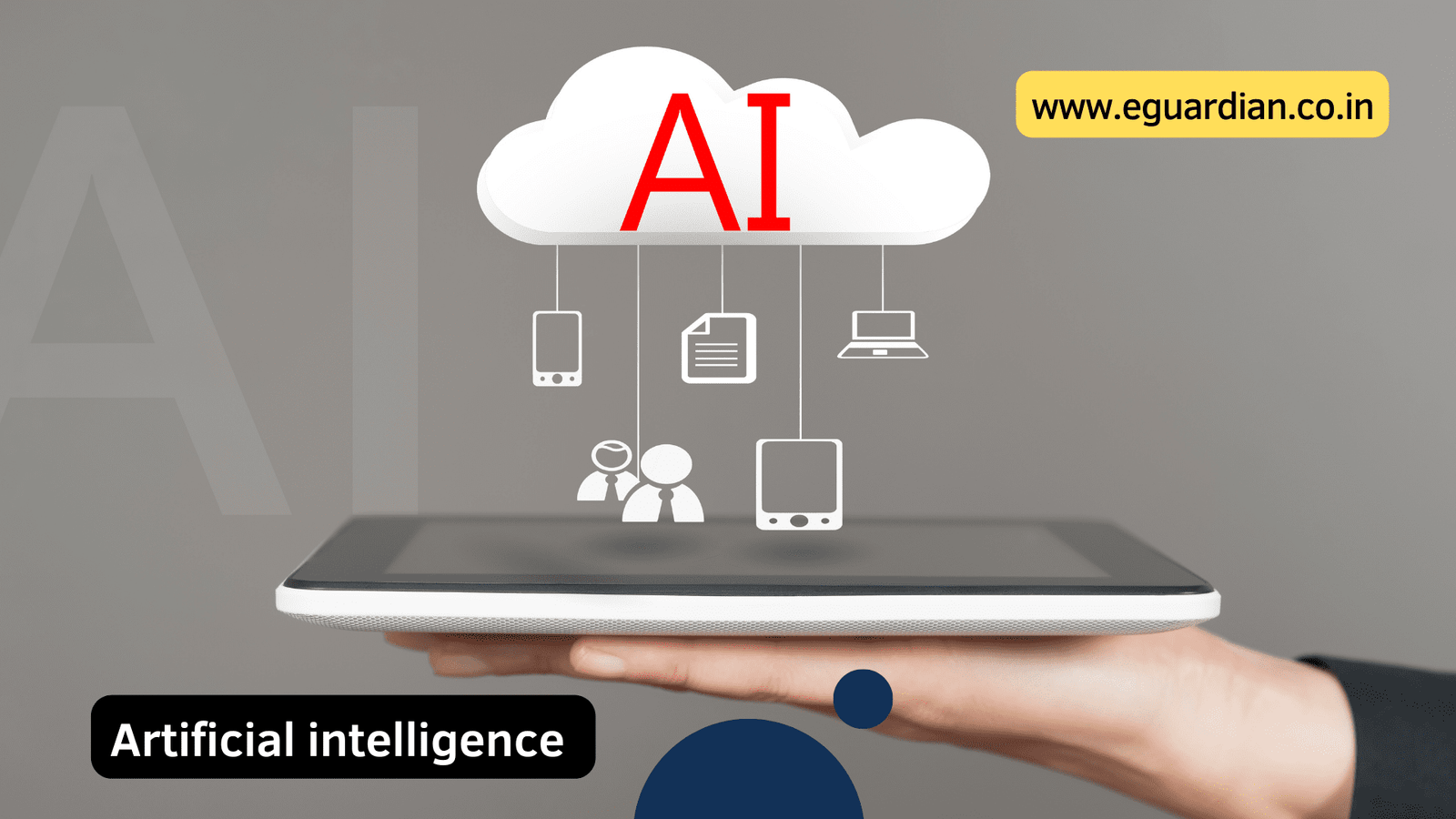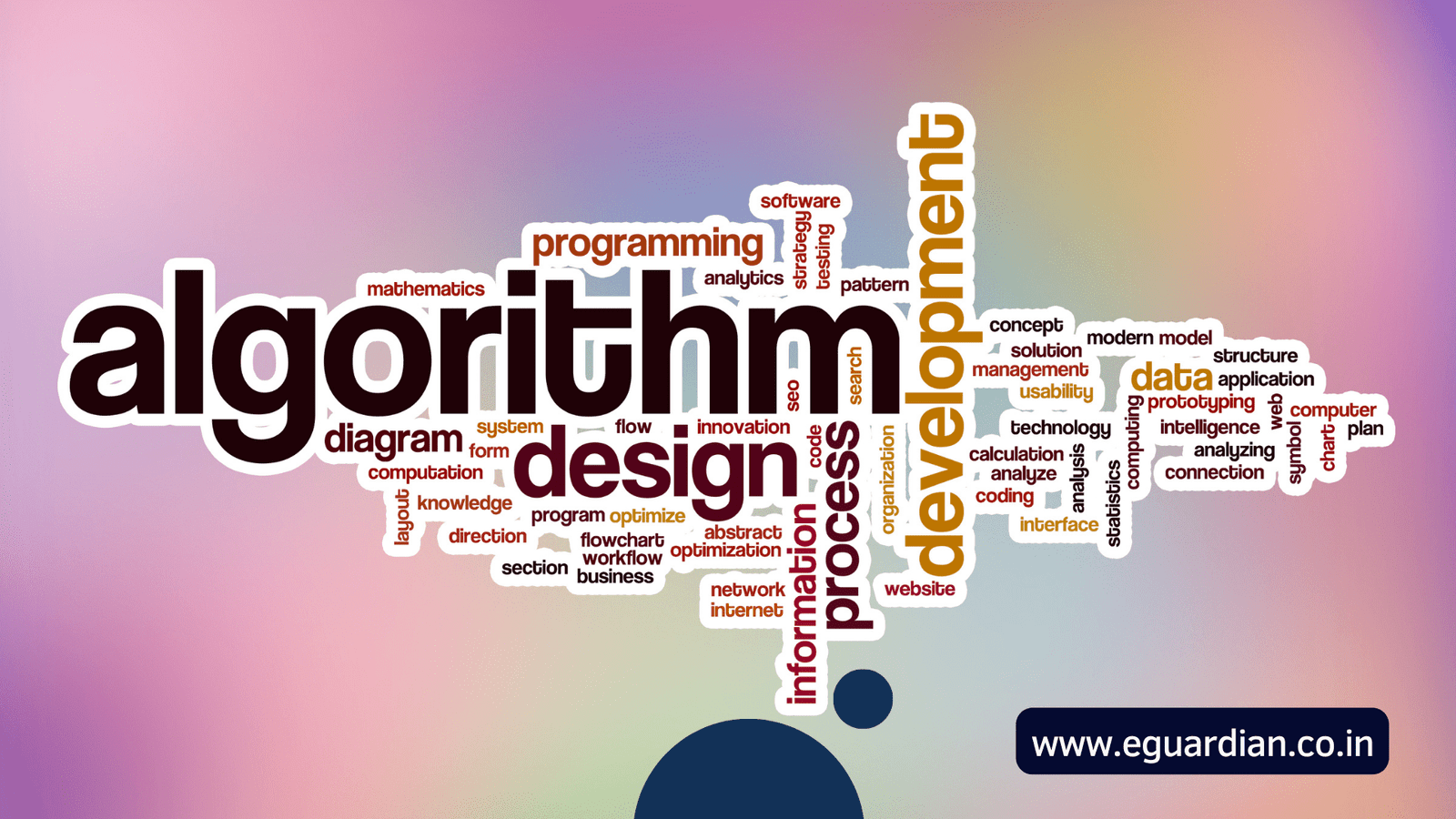In today’s digital age, computer knowledge has become an essential skill for individuals in almost every field. Whether you are a student preparing for an exam or someone looking to expand their computer general knowledge, having a strong foundation in computer GK (General Knowledge) is crucial.
To help you on your journey, we have compiled a comprehensive set of Computer GK objective questions in the form of a MCQ (Multiple Choice Questions) quiz.
This article aims to provide you with a valuable resource that will not only test your current understanding but also enhance your knowledge about various aspects of computers and technology. So if you’re ready to challenge yourself and boost your computer expertise, you’ve come to the right place!
Brief about Computer
A computer is an electronic machine that receives and processes the data inputted by the user and then provides the information to us through the output device as a result. Apart from this, you can also store data for the future.
Computer GK objective questions
1. Which of the following is a part of the Central Processing Unit?
a. Printer
b. Keyboard
c. Mouse
d. Arithmetic & Logic unit
2. CAD stands for
a. Computer-aided design
b. A computer algorithm for design
c. Computer application in design
d. All of the above
3. Which of the following printer cannot print graphics?
a. Ink-jet
b. Daisy Wheel
c. Laser
d. Dot-matrix
4. A program written in machine language is called?
a. Assembler
b. Object
c. Computer
d. Machine
5. The father of Modern Computer is
a. Charles Babbage
b. Von-Naumann
c. Danies Ritchel
d. Blaise Pascal
6. The Word FTP stands for
a. File Translate Protocol
b. File Transit Protocol
c. File Transfer protocol
d. file typing protocol
7. The lowest form of Computer language is called
a. BASIC
b. FORTRAN
c. Machine Language
d. COBOL
8. Best Quality graphics is produced by
a. Dot Matix
b. Laser Printer
c. Inkjet Printer
d. Plotter
9. Memory which forgets everything when you switch off the power is known as
a. Corrupted
b. Volatile
c. Non-Volatile
d. Non-Corrupted
10.The linking of computers with a communication system is called
a. Networking
b. Pairing
c. Interlocking
d. Assembling
11.The 16-bit Microprocessor means that it has
a. 16 address lines
b. 16 Buses
c. 16 Data lines
d. 16 routes
12. Data going into the computer is called
a. Output
b. algorithm
c. Input
d. Calculations
13. Which of the following refers to a small, single-site network?
a. LAN
b. DSL
c. RAM
d. USB
14. Microsoft Office is
a. Shareware
b. Public domain software
c. Open-source software
d. An application suite
15. How many options does a BINARY choice offer
a. None of this
b. One
c. Two
d. it depends on the amount of memory on the computer
16. A collection of program that controls how your computer system runs and processes information is called
a. Operating System
b. Computer
c. Office
d. Compiler
17. A computer connected to a LAN (Local Area Network) can
a. run faster
b. go online
c. Share information and /or share peripheral equipment
d. E-mail
18. Information travels between components on the motherboard through
a. Flash memory
b. CMOS
c. Bays
d. Buses
19. How are data organized in a spreadsheet?
a. Lines & spaces
b. Layers & Planes
c. Height & Width
d. Rows & Columns
20. The blinking symbol on the computer screen is called the
a. mouse
b. logo
c. hand
d. cursor
21. A fault in a computer program which prevents it from working correctly is known as
a. Boot
b. Bug
c. Biff
d. Strap
22. A self-replicating program, similar to a virus which was taken from a 1970s science fiction novel by John Bruner entitled the Shockwave Rider is ____
a. Bug
b. Vice
c. Lice
d. Worm
23. A ___ is a bi-stable electronic circuit that has two stable states.
a. Multivibrator
b. Flip-flop
c. Logic gates
d. laten
24. Unwanted repetitious messages, such as unsolicited bulk e-mail is known as
a. Spam
b. Trash
c. Calibri
d. Courier
25.DOS stands for
a. Disk Operating System
b. Disk operating session
c. Digital Operating System
d. Digital Open system
26. Who is the chief of Microsoft
a. Babbage
b. Bill Gates
c. Bill Clinton
d. Bush
27. Which of the following are input devices.
a. Keyboard
b. Mouse
c. Scanner
d. All of these
28. Examples of output devices are
a. Screen
b. Printer
c. Speaker
d. All of this
29. Which of the following is also known as the brain of computer
a. Control unit
b. Central Processing unit
c. Arithmetic and language unit
d. Monitor
30. IBM stands for
a. Internal Business Management
b. International Business Management
c. International Business Machines
d. Internal Business Machines
31. ___ translates and executes program at run timeline by line
a. Compiler
b. Interpreter
c. Linker
d. Loader
32. ___ is an OOP principle
a. Structured programming
b. Procedural programming
c. Inheritance
d. Linking
33. COBOL is widely used in ___ applications
a. Commercial
b. Scientific
c. Space
d. Mathematical
34. RAM stands for
a. Random origin money
b. Random only memory
c. Read-only memory
d. Random-access memory
35. 1 Byte =?
a. 8 bits
b. 4 bits
c. 2 bits
d. 9 bits
36. SMPS stands for
a. Switched-mode Power Supply
b. Start mode power supply
c. Store mode power supply
d. Single-mode power supply
37. The device used to carry digital data on analogue lines is called as
a. Modem
b. Multiplexer
c. Modulator
d. Demodulator
38. VDU is also called
a. Screen
b. Monitor
c. Both a & b
d. printer
39. BIOS stands for
a. Basic Input-Output system
b. Binary Input output system
c. Basic Input Off system
d. all the above
40. Father of ‘C’ programming language
a. Dennis Ritchie
b. Prof Jhon Kemeny
c. Thomas Kurtz
d. Bill Gates
Computer Fundamentals MCQs with Answers
Psychology test questions and answers in MCQ Format
Conclusion
Participating in the Computer GK objective questions – MCQ Quiz with Answers has not only tested your knowledge and skills but also provided an opportunity for learning and growth. By successfully answering these questions, you have demonstrated your proficiency in computer general knowledge.
We hope that this quiz has been informative and enjoyable for you. If you found this quiz helpful or interesting, we encourage you to share it with your friends and followers on social media. Let’s spread the knowledge and keep challenging ourselves to enhance our computer literacy.
Dear Readers if you like our Questions and answers on Computer GK please do a favour to share on social media.




